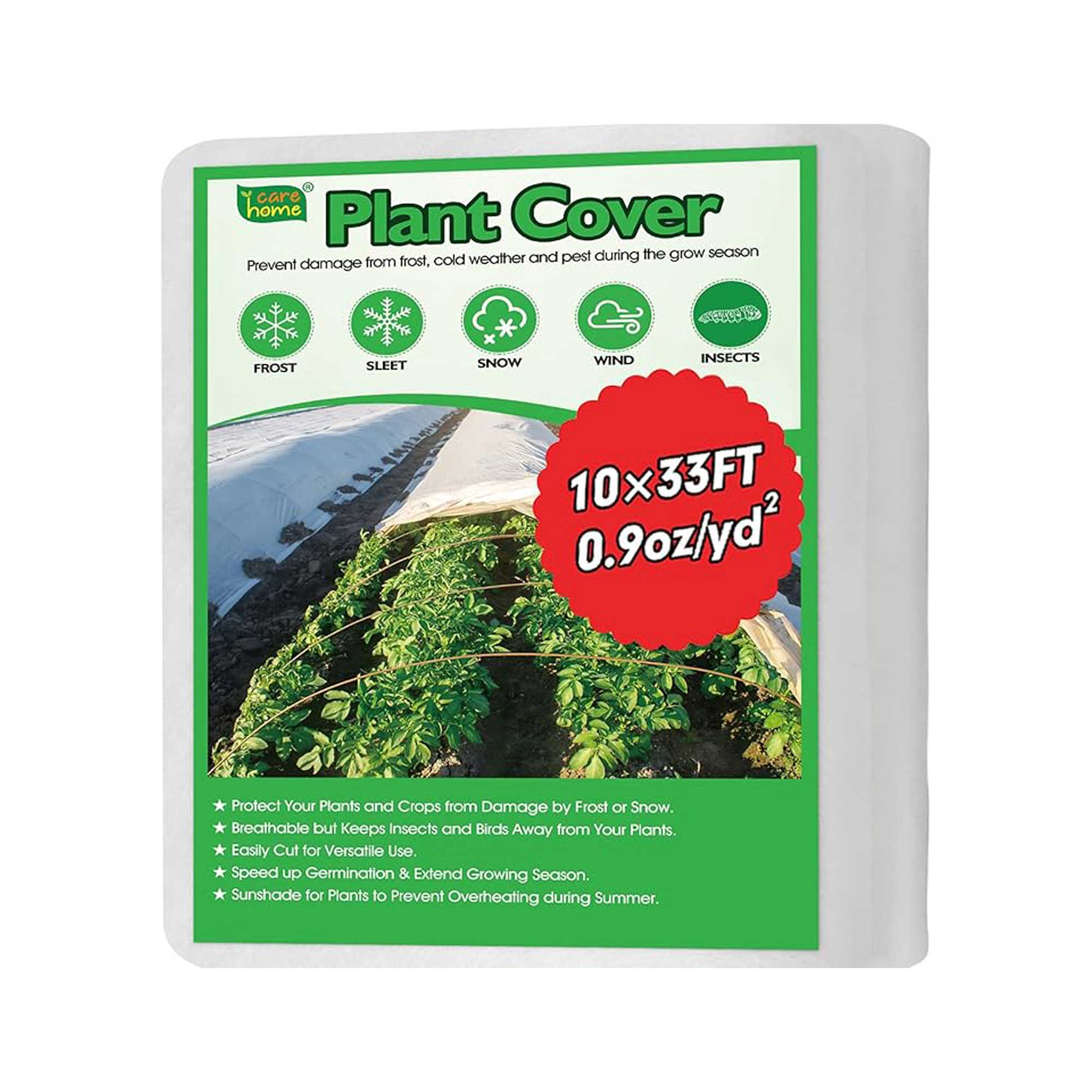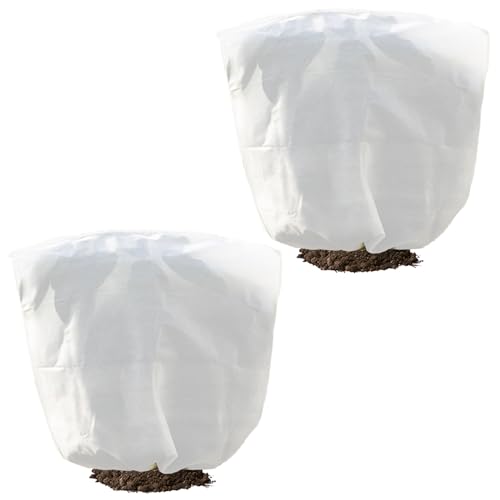How to protect avocado trees in winter – expert advice to keep these fruiting trees safe from the cold
Winterizing avocado trees is crucial as they do not like frost, snow or cold
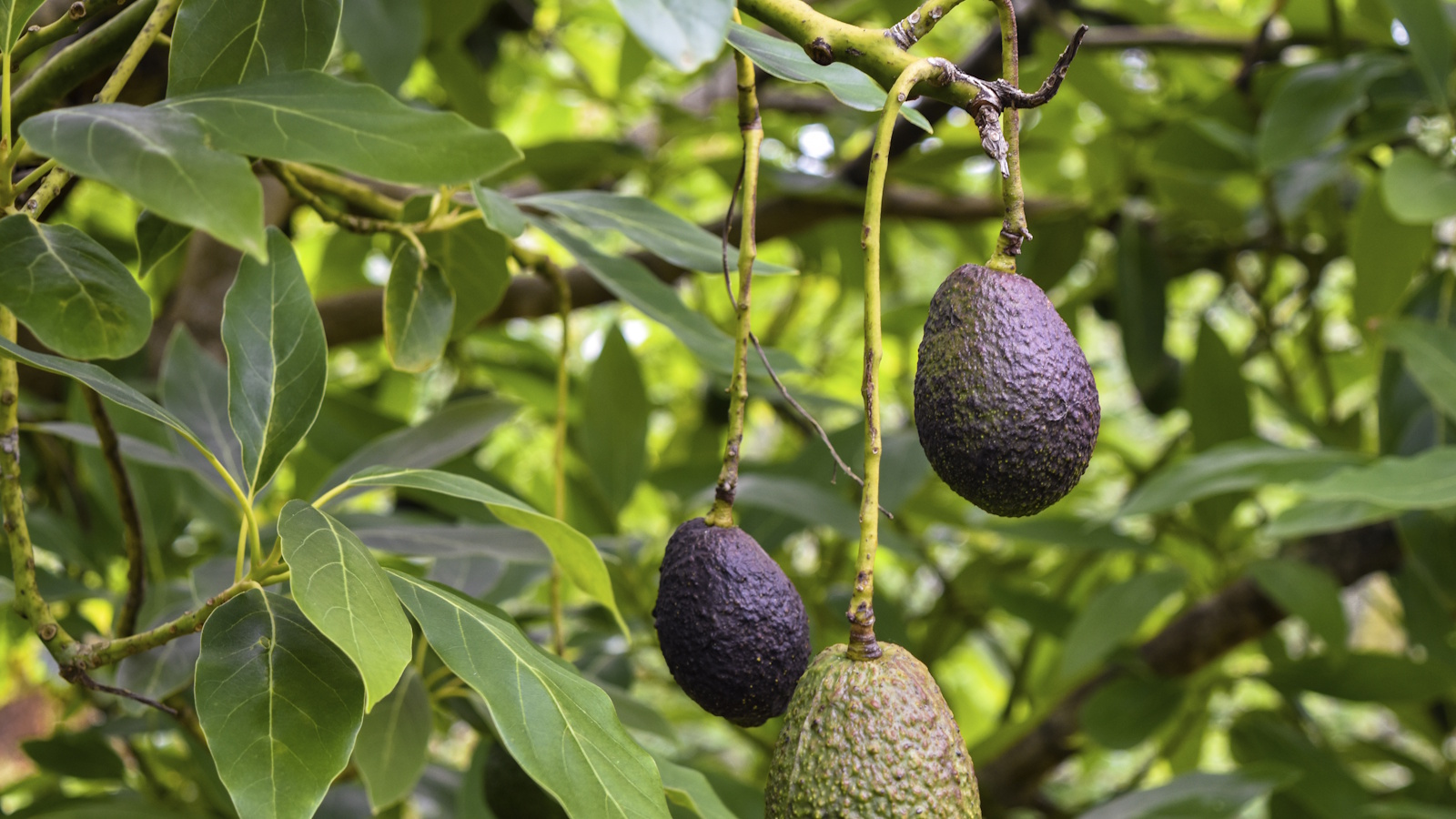

Avocado trees, Persea americana, are tender trees that are native to equatorial regions in Central and South America, including Mexico and Costa Rica. They are typically grown in warmer zones or indoors, popular for their evergreen foliage and infamous fruits.
While they can be grown in northern regions, learning how to protect avocado trees in winter is crucial if you want them to survive the dark and cold months ahead.
So, while you might already know how to grow avocado trees, there are a few steps to take as the temperature decreases. Here, one plant expert from Wisconsin reveals the important steps that will keep these fruiting trees healthy and happy during the winter months, wherever you reside.
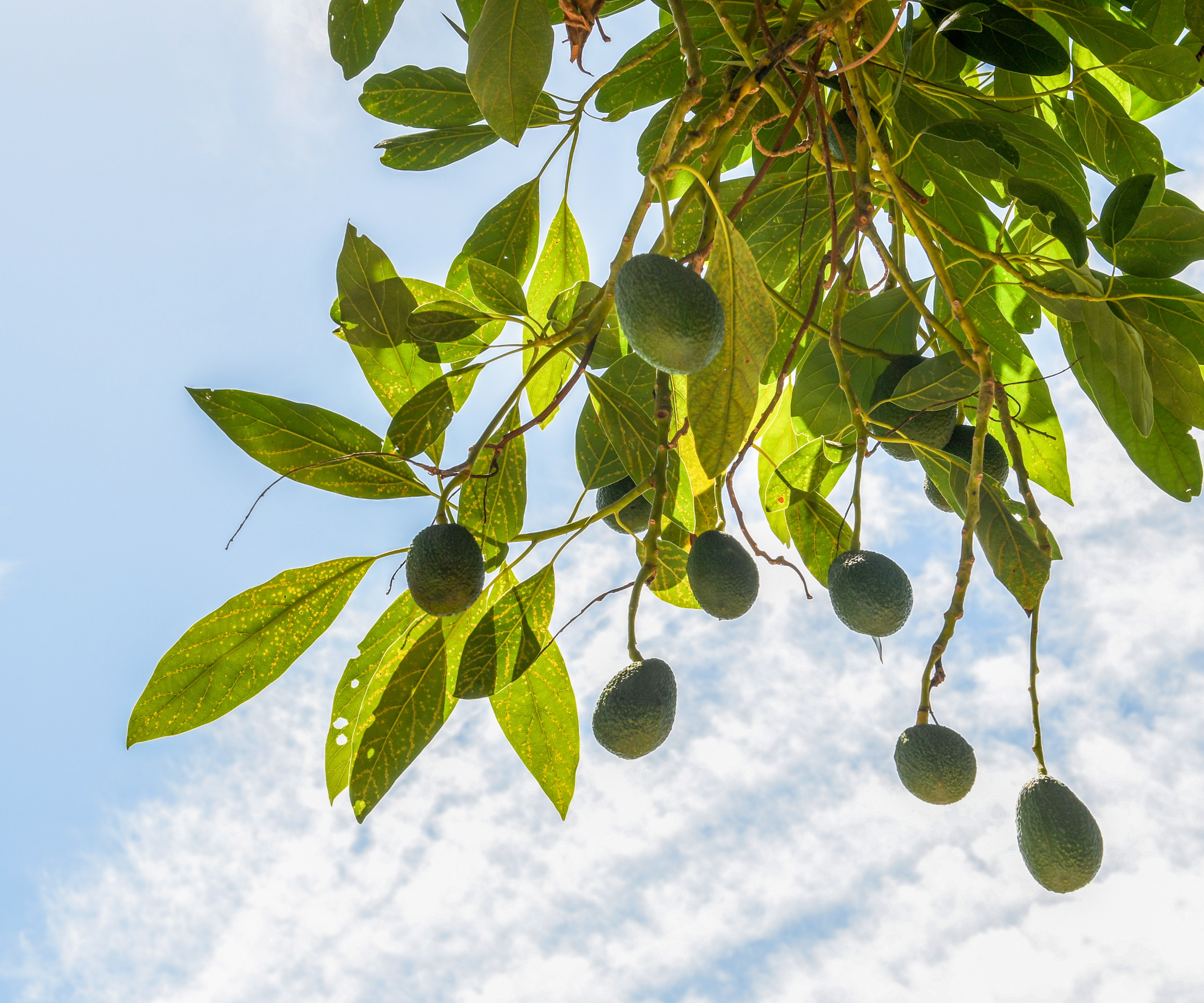
How to protect avocado trees in winter
Avocado trees belong to the Lauraceae, or laurel, plant family, made up of over 2,500 known species of mostly evergreen trees and shrubs. Native to Central and South America, the avocado tree is hardy down to US hardiness zone 9, preferring mild winters and plenty of sunshine.
Therein lies the secret to getting an avocado tree to fruit: bright light, warmth and humidity. In cooler regions, therefore, learning how to protect avocado trees in winter is important. Follow our three simple steps to give your fruiting trees the best chance of success.
1. Move potted avocado trees in winter
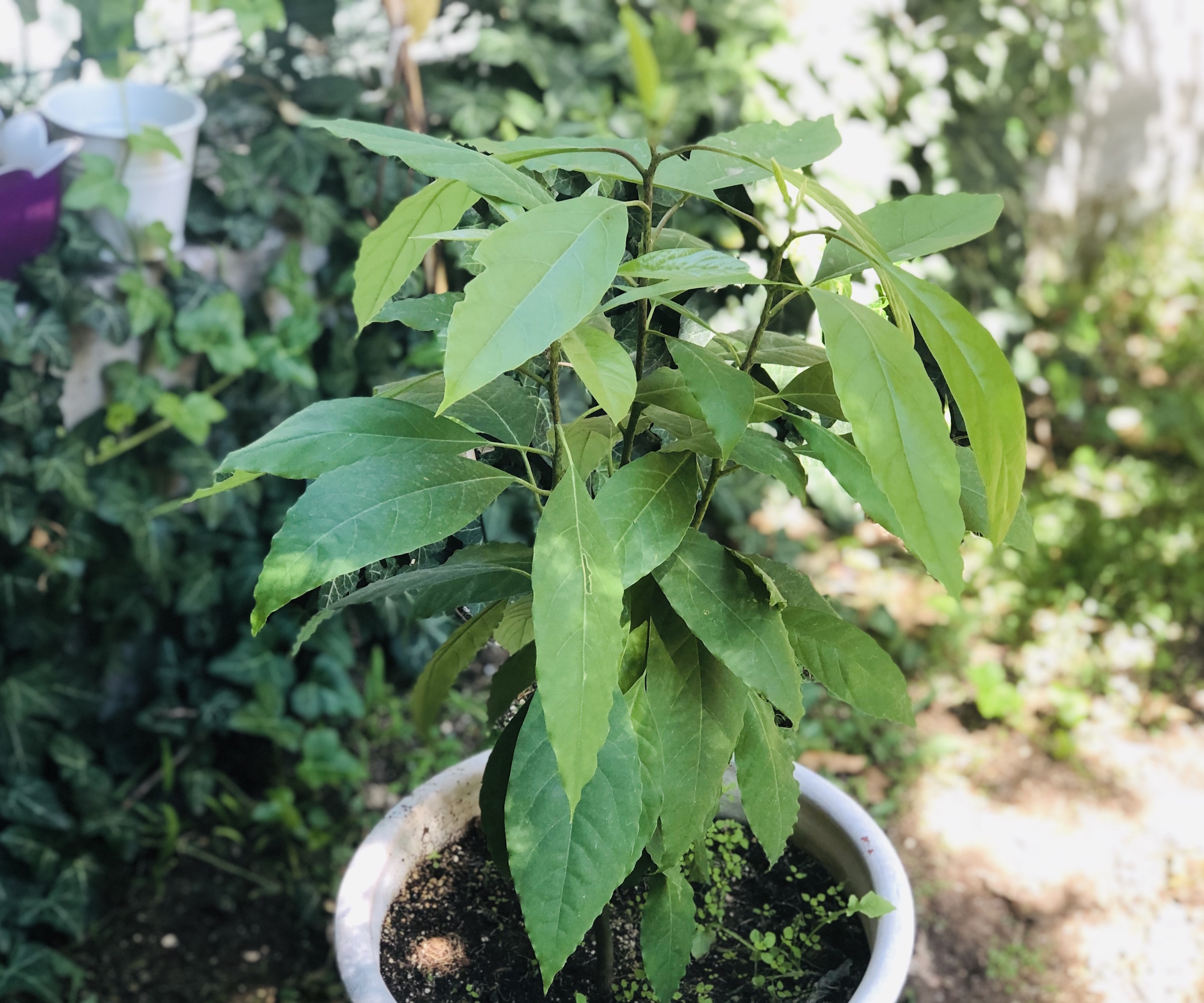
XXX
Avocado trees are tender, and so learning how to grow fruit trees in pots is recommended for cooler, northerly regions. This is because plants and trees in pots are far easier to winterize when grown in containers, and can be quickly moved to a sheltered spot or indoors when the thermostat reading drops.
In colder regions, such as US hardiness zone 7, you must bring your avocado tree indoors ahead of frost and snow. Storing your container in a garage or shed will keep it warm and protected during the winter - just be sure to give your tree a drop of water every few weeks to prevent it from drying out.
In milder regions, such as US hardiness zone 8, 'you can move your avocado pot to a more sheltered spot in the yard, ideally closer to the home, as lost heat can help to lift the temperature slightly,' says plant expert, Katie Sunderlage, based in Wisconsin. 'Keep your tree out of an open situation where it would face the worst of the elements. Instead, move it closer to a structure or building where it can benefit from a little protection.'
You may need to ask a neighbor or friend for help when moving your pot. Try using something like this heavy-duty plant caddy, available from Amazon, which makes it far easier to roll your pot to its winter home.

Operations Manager at Holland Group, managing the customer service department and purchasing. Katie has been in the green industry since 2005 in the Greater Milwaukee area, earning her degree in Horticulture in 2008. She has been able to share her love for plants working in multiple garden centers, in sales positions and most recently in an online retail platform at Holland Group.
2. Cover avocado trees during frosty weather
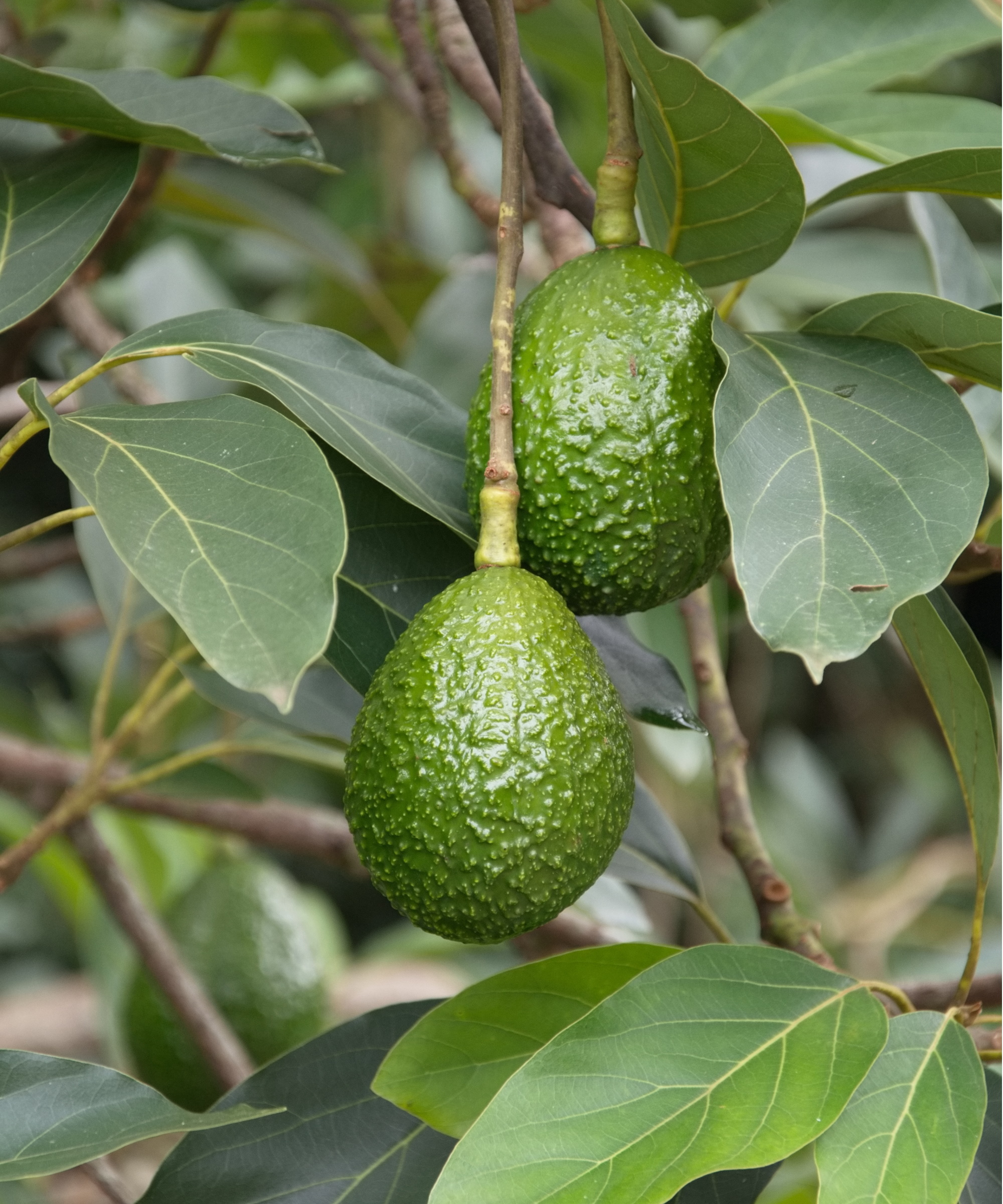
Frost damage will reduce avocado tree growth and lessen fruit yields in the years to come, so it is important to learn how to protect avocado trees in winter. While you might not like the look of covered plants in your yard, using frost cloth or burlap can help to keep the foliage, trunk and crown of your tree safe.
If your avocado tree is small, less than five feet tall for example, you can cover it with something like this pop-up plant tent from Amazon. Use pegs, stones or clips to weigh down frost cloths in winter, as they do tend to escape during high winds.
For larger avocado trees, use a burlap fabric, available from Walmart, to 'protect the base and the trunk, and cover the branches with a frost cloth, which will keep the tree protected when temperatures are much colder,' Katie says. As soon as the temperatures rise in early spring, you can remove any plant covers.
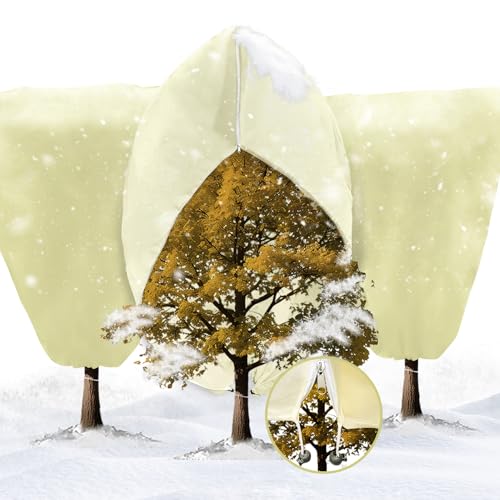
These large frost covers are ideal for bigger avocado trees, with a handy zip that makes it easy to remove.
3. Mulch the base of your avocado tree
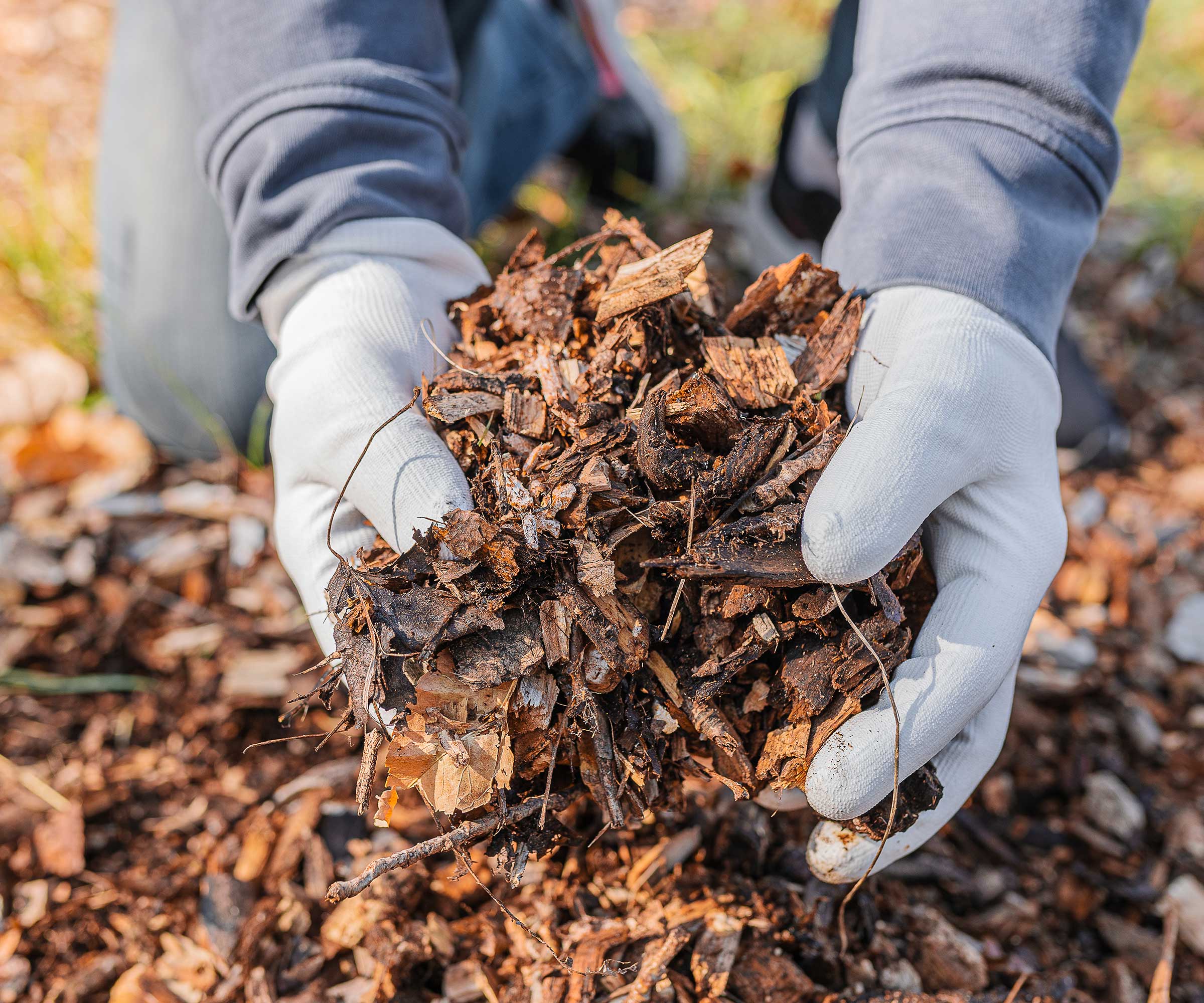
'If your avocado tree is growing in the ground, it is a good idea to do some mulching,' Katie continues. 'I suggest insulating the base of the tree by mounding mulch or soil around it at a six to eight-inch depth.
'This will stop soil freezing in winter, helping to protect the roots of your avocado tree,' Katie says. 'You can use any organic mulch, such as wood chippings or stripped bark, that will help to suppress weeds, retain moisture and keep the roots safe.' For the best results, use something like this pine bark mulch, available to order from Walmart.
FAQs
Are there any cold-hardy varieties of avocado tree?
'There are a handful of cold-hardy varieties that can survive frosts,' Katie says. 'One of the most popular is 'Mexicola', which can survive frosts and temperatures as low as 18°F. While options are limited for northern regions, this variety could be grown down to zone 8 or zone 7.' Grafted 'Mexicola' avocado trees are available to order from Amazon.
In terms of when to prune avocado trees, this is best done in early spring, just as the temperatures begin to rise. Simply remove a few inches of top growth, cutting down to just below a leaf node, to keep your tree bushy, compact and in good shape.
Sign up to the Homes & Gardens newsletter
Design expertise in your inbox – from inspiring decorating ideas and beautiful celebrity homes to practical gardening advice and shopping round-ups.

Thomas is a Content Editor within the Gardens Team at Homes and Gardens. He has worked as a professional gardener for both public spaces and private estates, specializing in productive gardening, growing food and flowers. Trained in Horticulture at the Garden Museum, he has written on gardening and garden history for various publications, including The English Garden, Gardens Illustrated, Hortus, The London Gardener and Bloom. He has co-authored a Lonely Planet travel book, The Tree Atlas, due out in 2024.
-
 Everyone is obsessed with vintage tiles right now – bring the nostalgic charm of this classic design feature into your home with our 5 design ideas
Everyone is obsessed with vintage tiles right now – bring the nostalgic charm of this classic design feature into your home with our 5 design ideasHonor the past with our favorite ways to decorate with vintage tiles, as suggested by interior design experts
By Eleanor Richardson Published
-
 'It's a fast reset button' – using the 1, 2 ,3 ,4, 5 decluttering method cleared my persistent mess in seconds
'It's a fast reset button' – using the 1, 2 ,3 ,4, 5 decluttering method cleared my persistent mess in secondsIt's easy, effective and so quick to do
By Ottilie Blackhall Published
-
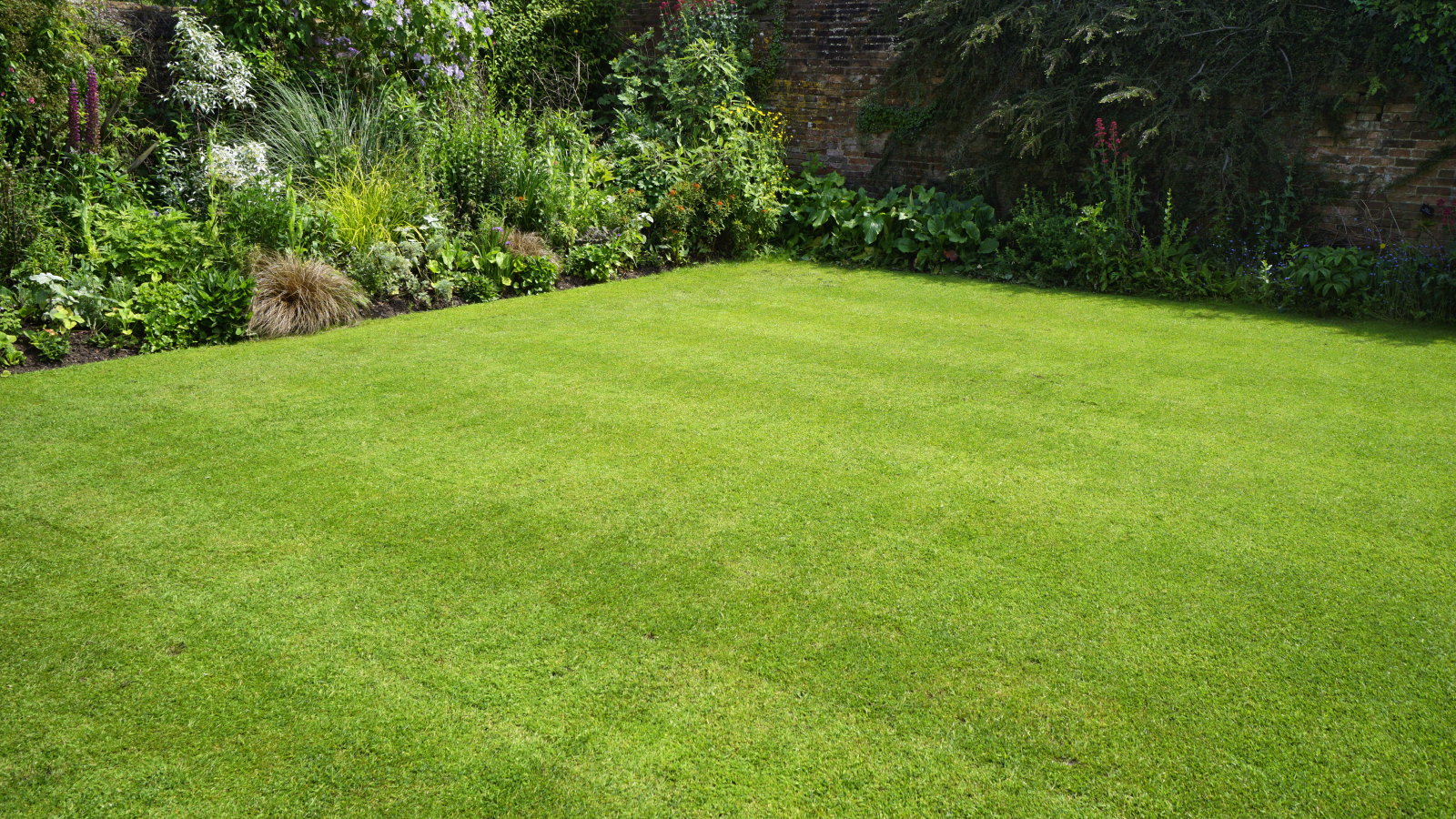 I'm a lawn care expert, and always do these 7 jobs in April to ensure thick, green grass all summer long
I'm a lawn care expert, and always do these 7 jobs in April to ensure thick, green grass all summer longTransform your lawn with these simple yet highly effective April lawn care tasks
By Drew Swainston Published
-
 Horticulturists urge you to prune these 7 plants in April – for healthy growth and better-than-ever flowering displays
Horticulturists urge you to prune these 7 plants in April – for healthy growth and better-than-ever flowering displaysDiscover a key selection of plants to cut back this month, with expert pruning advice
By Drew Swainston Published
-
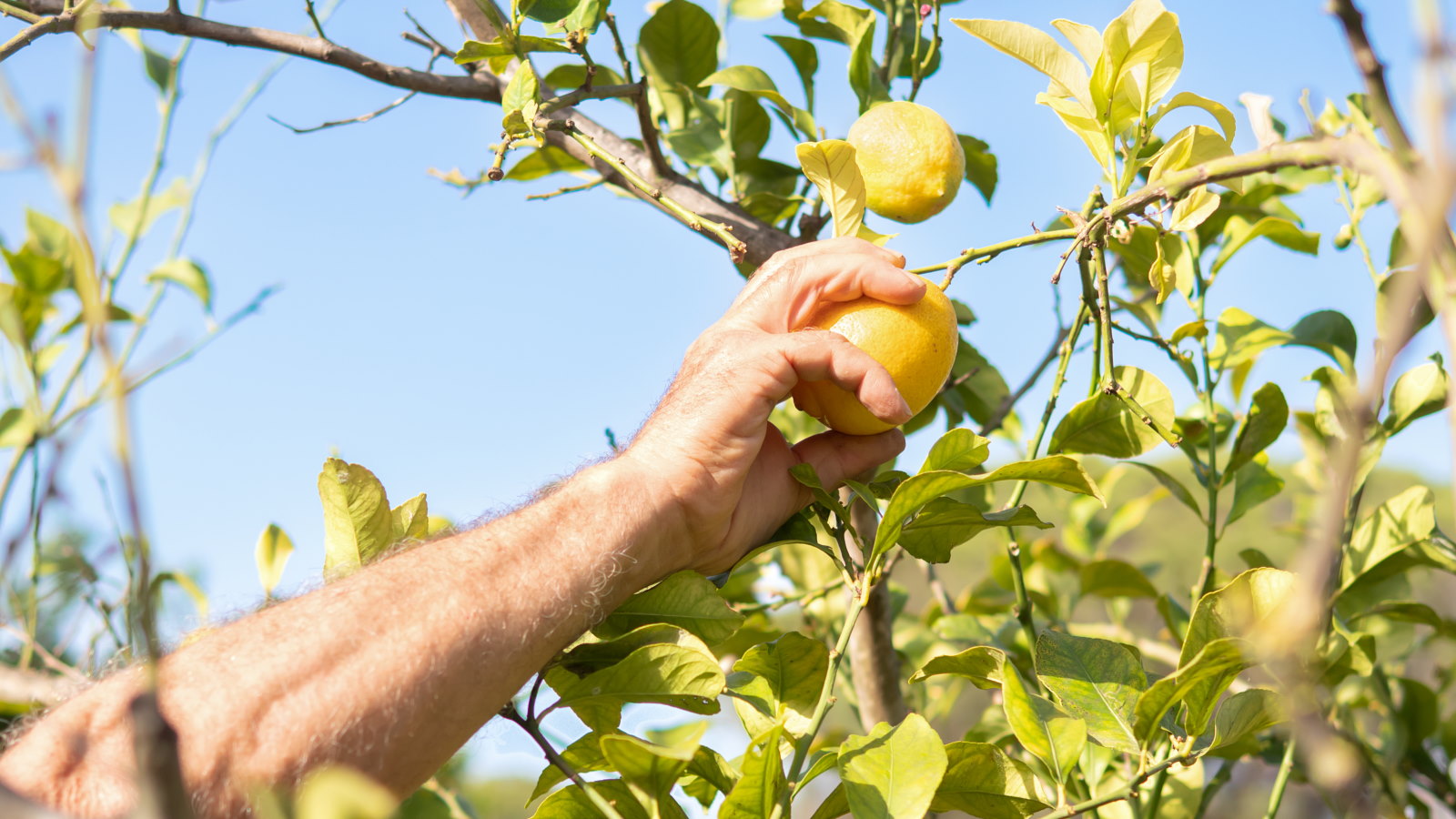 7 fruits to plant in April for years of tasty homegrown harvests, plus expert planting tips
7 fruits to plant in April for years of tasty homegrown harvests, plus expert planting tipsAn exceptional selection of fruit trees and soft fruit can be planted this month
By Drew Swainston Published
-
 7 dazzling cut flowers to plant in April for bountiful blooms to enjoy in bouquets, vases, and displays this summer
7 dazzling cut flowers to plant in April for bountiful blooms to enjoy in bouquets, vases, and displays this summerDiscover sowing tips from an expert horticulturist
By Drew Swainston Published
-
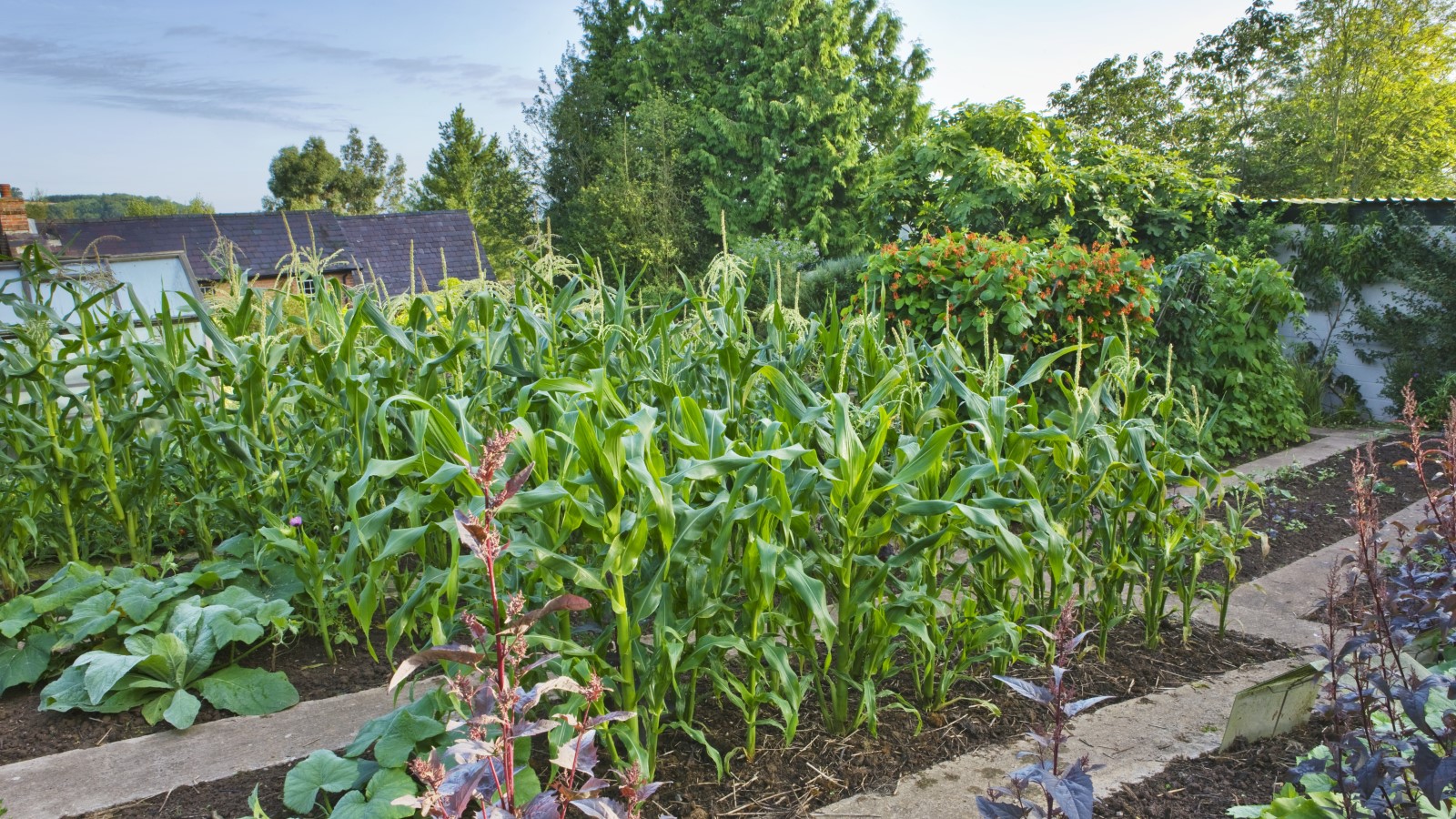 7 of the best vegetables to plant in April, with sowing tips from an experienced grower for bumper harvests
7 of the best vegetables to plant in April, with sowing tips from an experienced grower for bumper harvestsFrom broccoli to zucchini, April is a fantastic time to plant a wide range of vegetables
By Drew Swainston Published
-
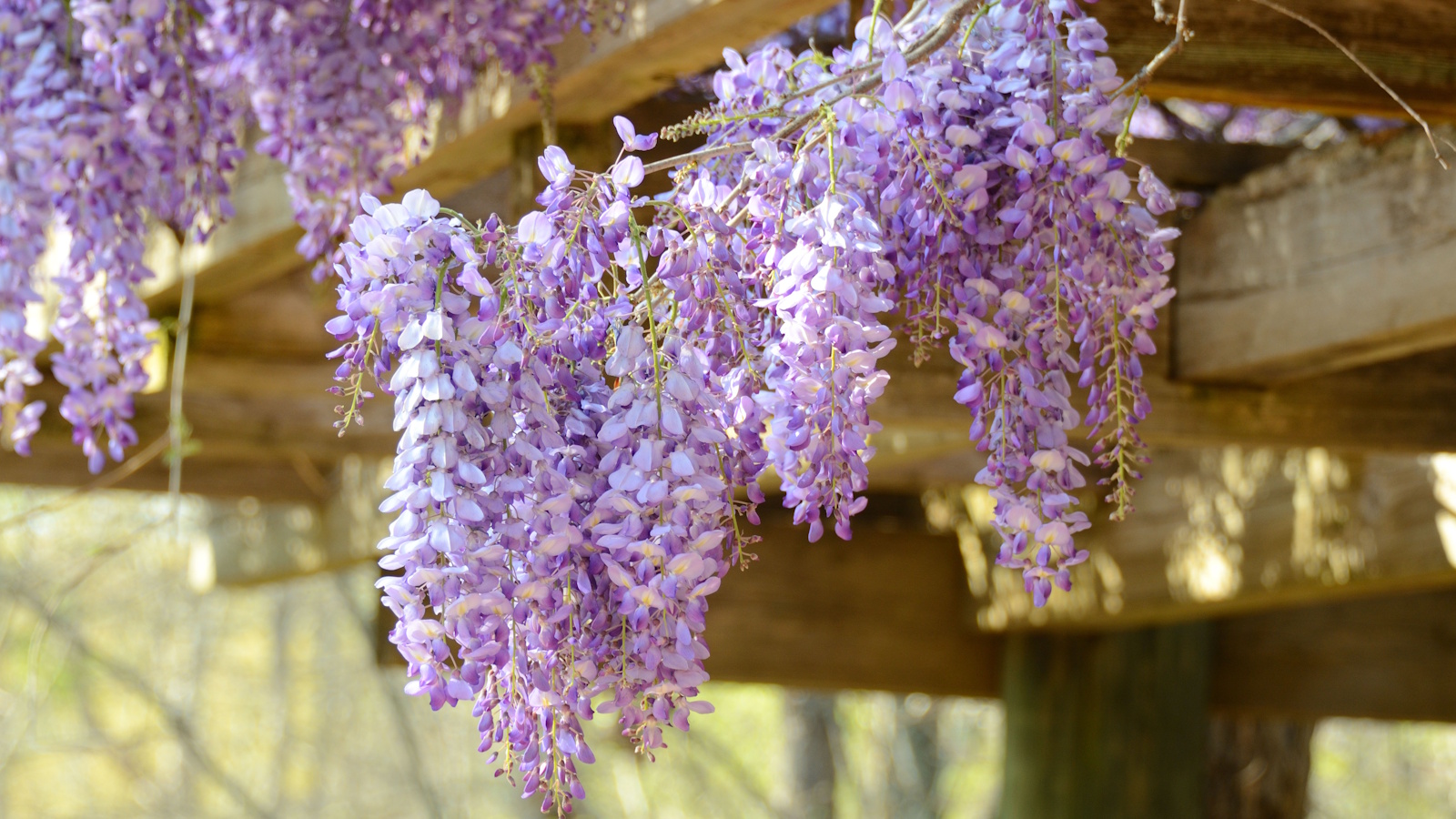 Best fragrant spring-flowering perennials – 5 charming choices to infuse delightful scent in your yard this season
Best fragrant spring-flowering perennials – 5 charming choices to infuse delightful scent in your yard this seasonSpring is full of so many beautiful aromas, uplifting our yards and making them an even more pleasant place to be
By Tenielle Jordison Published
-
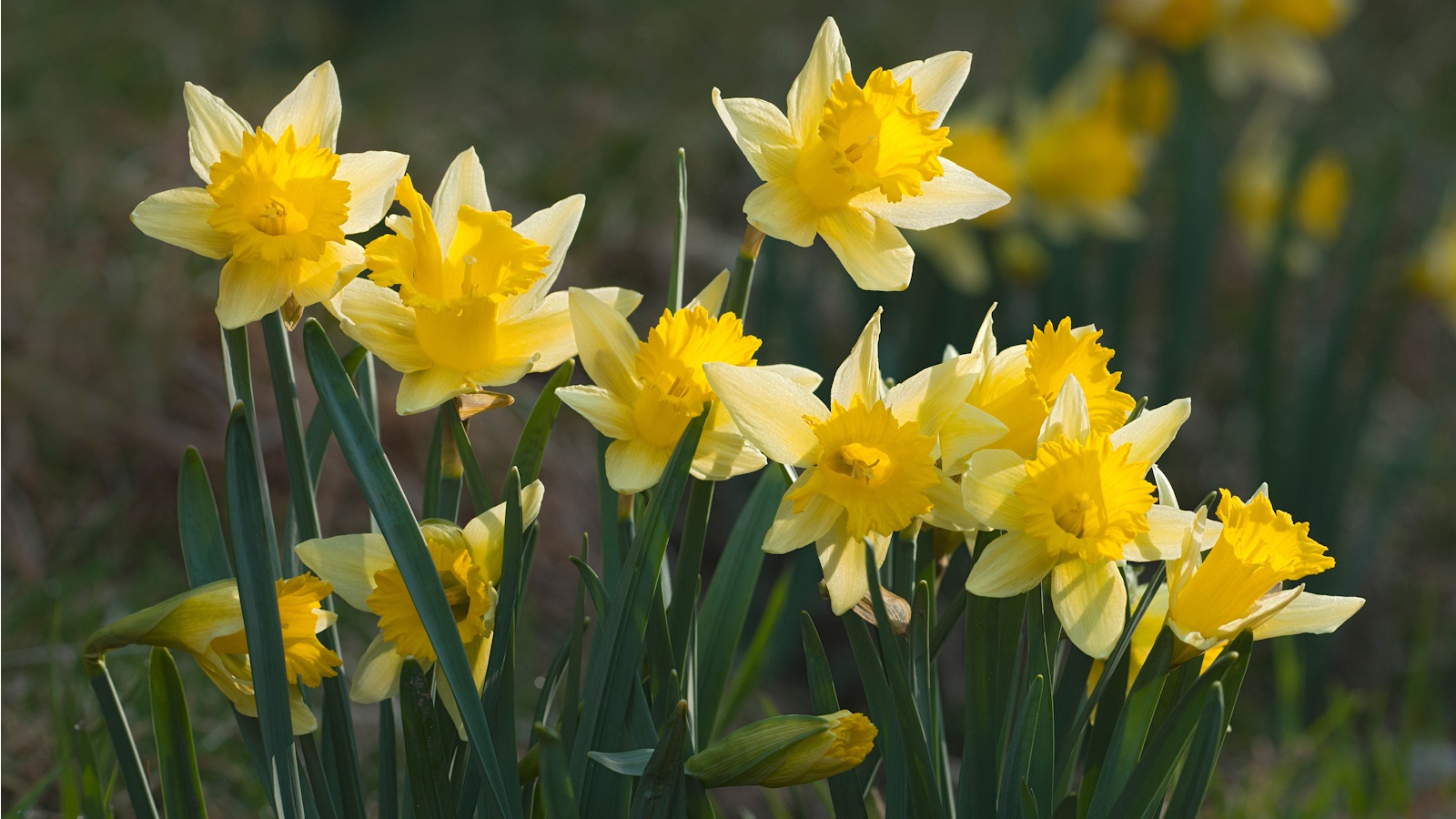 Is it too late to plant daffodil bulbs in March? Expert advice on making late planting a success
Is it too late to plant daffodil bulbs in March? Expert advice on making late planting a successThese stars of spring should be planted in fall, but that doesn't necessarily mean you've missed your opportunity once spring comes around
By Tenielle Jordison Published
-
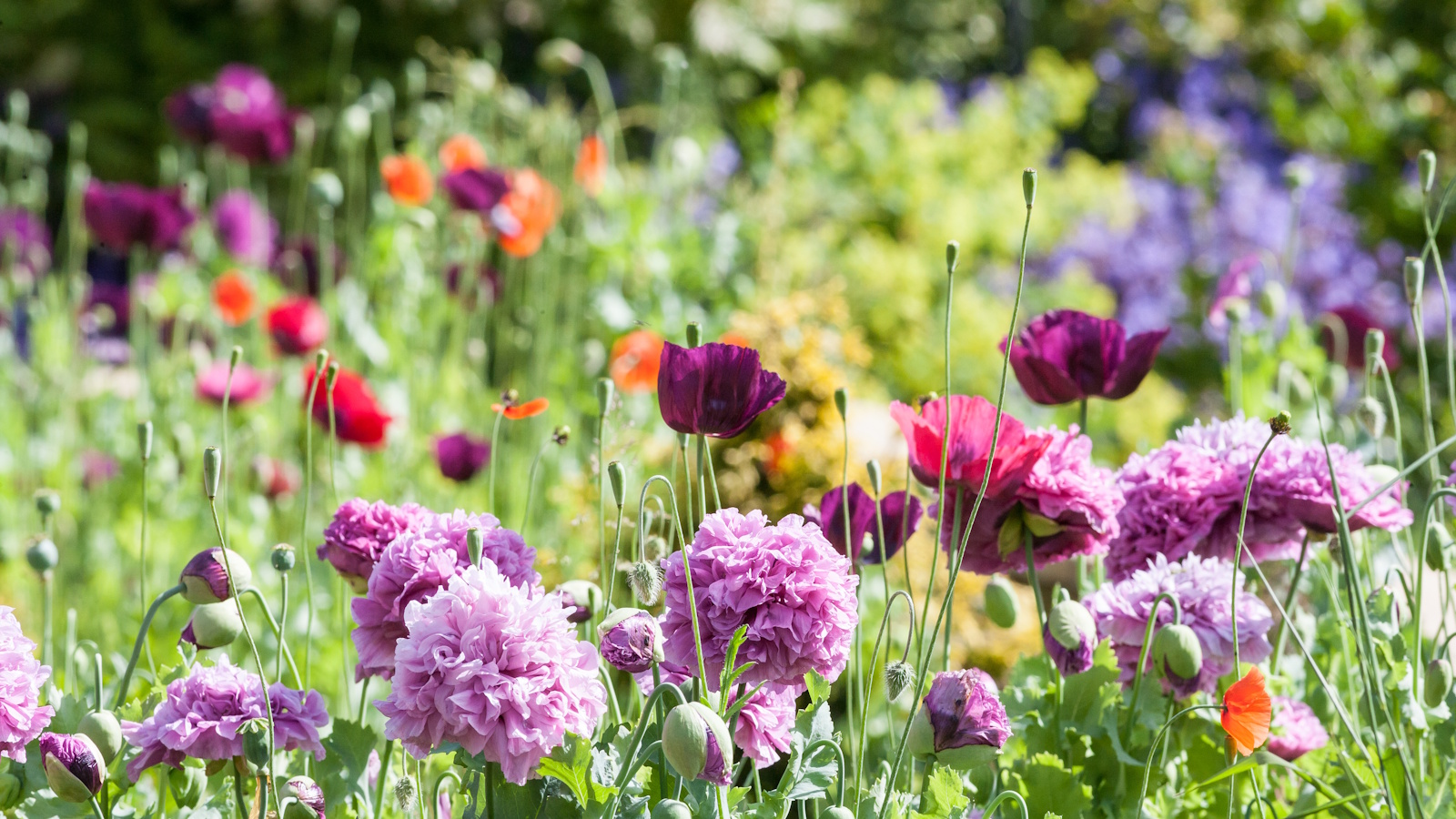 Do these 5 early-spring garden tasks right now, experts say, for an abundant growing season ahead
Do these 5 early-spring garden tasks right now, experts say, for an abundant growing season aheadNow is the perfect time to prepare your backyard for a successful gardening year
By Tenielle Jordison Published
